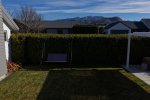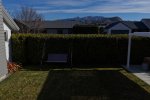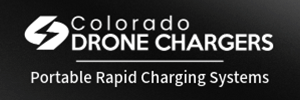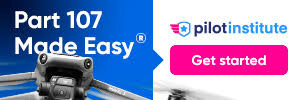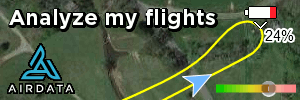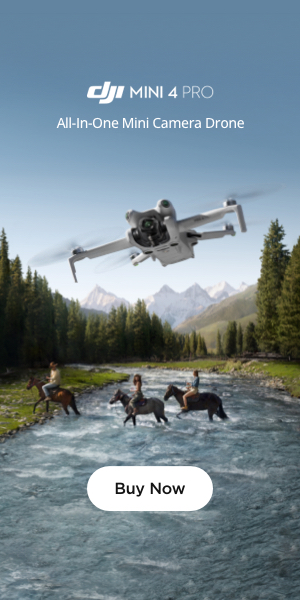Thanks for the clarification.
To be clear, then, the only
relevant number for the 8 bit JPEG comparison
of the Mavic 4 Pro should be
14 bit DNG files, not 16 bit RAW nor 12 bit DNG.
"
M4P main camera shoots 14bit RAW files, and that means 16,384 steps per channel instead of 256 steps, assuming DJI's Mavic 4 Pro JPEG's are 8 bit."
Are the Mavic 4 Pro JPEG, in fact, 8 bit?
The poster you were defending was using an irrelevant 16 bit RAW comparison in post #26, and you used an irrelevant 12 bit DNG comparison in post #25.
I am certainly not questioning your premises that DNG
should deliver superior color depth, and that JPEG will fall apart rapidly when pushed too far in post, and is prone to show posterization in smooth gradient areas under those circumstances.
The only reason a properly processed DNG might have inferior colors or less dynamic range than a JPEG would be because of some secret sauce of DJI's being applied to the JPEG, that is not available to be used on the DNG's, and/or the DNG was missing the "Colonel’s Secret Sauce."
One of the biggest complaints about Lightroom originally was the DNG's lacked the superior look of the associated camera created JPEG's as a starting point, and Adobe's default opening settings sucked. Eventually, Adobe did their best to copy each camera manufacturers' JPEG processing as a default opening setting, but there are some who still swear each camera manufacturer’s camera JPEG's are superior to what third party image editors can produce from the DNG's when they lack the proprietary "secret sauce" used in the JPEGs.
Bottom line, a well-exposed JPG doesn't need the recovery capability of a DNG. However a DNG gives more flexibility to change the image's color balance and recover areas if an artificial HDR image is desired instead.
There is no right answer as to whether a JPEG or DNG is "better."
It all depends upon what the photographer wants and is trying to achieve, and the compromises required to shoot DNG in the first place (think frame rate) , and whether the editing time and effort required to properly process the DNG after is worth the effort vs. just culling through the JPEG AEB exposures to find the right one, or which to blend together.

